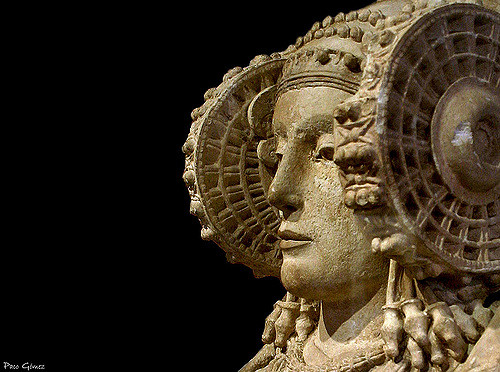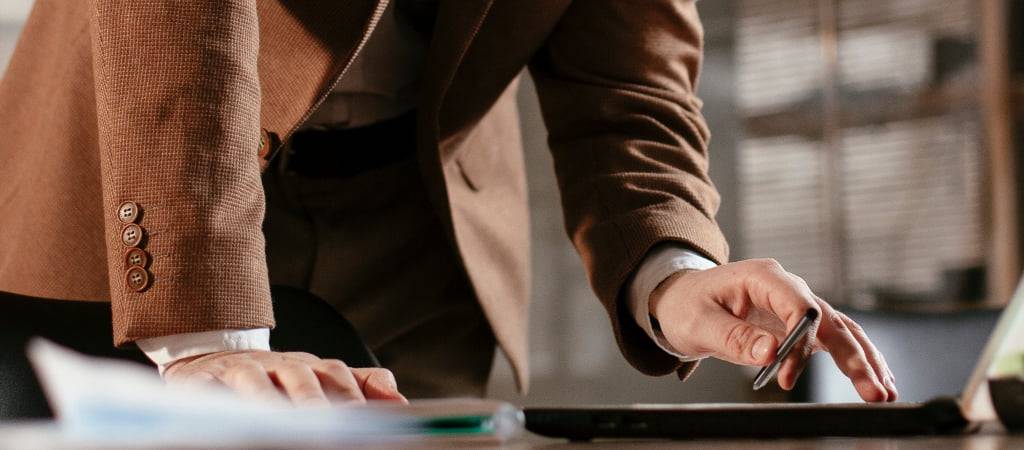News: Elche claims her dama.

The debate, raised as a result of the proposal of PSOE and Compromís to return the figure, revolves around if they have to exhibit the historical pieces in their place of origin.
"But how is the Lady of Elche going to Elche?" The rhetorical question expresses the incomprehension and rejection of a companion by the news that the Culture Committee of the Congress had approved to ask the Government for a temporary transfer of the Iberian bust, found in the city of Alicante in 1897. "Go now!", he added, before entering the small debate that arose in the newsroom about the proposal not of law presented by the PSOE and Compromís and that It went ahead on Tuesday with the votes against the PP and Citizens, where will it be better than in Madrid, in the National Archaeological Museum (MAN), where can everyone see it? was one of the arguments presented, also in There, the PP argued that the initiative is "unaffordable" because it would mean "breaking the universality" that gives the Iberian bust, dated between the V-IV centuries BC, its exhibition in the aforementioned museum.of Compromís, the cession "is an aspiration of the Valencian society", and to exhibit the heritage in its place of origin, a right that also produces an economic return. Opinion shared by the Socialists, who also propose the possibility of a permanent assignment.
The proposal approved by the majority is not binding, so its route is more political than practical, although it has reopened a debate on heritage in which feelings, museography, state organization and tourism intermingle. The Ministry of Culture has stated that it will study a temporary assignment from 2019, when the current exhibition ends. It is no longer held that the bust of limestone and features of Greek influence can not be moved from Madrid for reasons of preservation and security, as it was done before its trip in 2006. The walk of an ant last summer inside the the urn that protects it was an unexpected contribution to the debate.
Experts agree that the main objective should be to maintain and conserve the heritage in optimal conditions and they are committed to museums that have a central position, allow the gathering and exhibition of works and facilitate research. It is also true that contemporary museography is more open than the inherited centralist and nineteenth-century model. "There has been a decentralization of national museums," says a spokeswoman for the Ministry of Culture, which rules out the possibility of permanently giving the piece away. "It would be undressing a museum to dress another and here it is put in value, along with the rest of the collection," he adds.
In Elche all parties ask that their lady return. Although it was not long in the city of palm trees, once found by chance in the site of L'Alcúdia. It was discovered on August 4, 1897 and on the 30th of the same month it was already on its way to the Louvre Museum, which acquired the bust. In 1941, after an exchange of works between the French collaborationist government and the Franco dictatorship, the Iberian goddess settled in the Prado until in 1971 it became the National Archaeological. Since the arrival of democracy, his former countrymen have not stopped claiming it.






